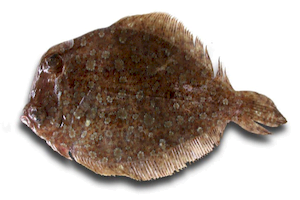Radon is a rare natural radioactive gas, produced from the fission of uranium and thorium. The three natural isotopes of radon are 219Rn (actinium), 220Rn (thoron) and 222Rn (radon). The half-life of actinium is very short (approximately 3 seconds); therefore it is of no practical value.
The half-life of radon and thoron is 3.82 days and 54.7 seconds, respectively. Its short half-life and the fact that this is a rare gas (it cannot be part of chemical reactions, unlike most other gases in natural form) make radon one of the most suitable gases as an indicator of active processes i.e. the existence of active faults and activation of volcanoes.
The only problem – albeit a serious one – is its high water solubility (solubility index: 0.51 at 0οC, 0.25 at 25 οC), however it can be released from water very easily, as the air / water distribution factor is particularly high.
Radon is the most studied gas, with a view to forecasting earthquakes. It is created inside rocks and part thereof is locked in solid mass; the remainder moves with the fluids through rock pores; it can escape through intercommunicating pores, cracks and water tables. Tectonic stresses applied to rock may rupture its solid mass and develop cracks that facilitate radon dispersal and escape.
Generally, there are two phases of manifestation of an increase in the percentage of radon, as observed during seismic events. The first is the precursory phase, manifested several months earlier and lasting until the onset of the seismic event. It produces abnormal values, up to ten times (10) the magnitude of normal values for the area. Such anomalies are encountered both along active faults and in the ground and water table, in a range whose radius can exceed 100 km from the epicenter.
The second phase is characterized by radon emission along activated seismic faults. The peak of this abnormality develops a hysteresis of few days after manifestation of the seismic fault; it can be shifted in comparison with its surface manifestation by a few dozens of meters.
During the re-activation of volcanism, increased emission of radon is expected, both due to cracking of rocks (seismic activity) and due to the increased flow of CO2, which is the main gaseous phase that carries radon to the surface.
As regards the two isotopes, mainly radon (222Rn) is used, since its increased half-life facilitates recording and allows for more reliable results. Thoron (220Rn) behavior is not well studied; nevertheless it is considered a more effective ‘detector’ of active processes as its half-life is much shorter.
The radon measurements being carried out relate to the following:
- Radon diluted in water. . For this measurement, a specific volume of ambient air must circulate in a closed circuit, in a water sample of specific volume. Thereafter, concentration of radon in the above air quantity is measured; after itemizing the results, the diluted radon in water is calculated.
- Radon entrapped in the ground. . For this measurement, a ground gas sample is taken from the end of a stainless steel pipe, with a 1 cm internal diameter, driven into the ground to a depth of 0.5-0.6 m to avoid daily or seasonal variations in radon values due to variations in ambient pressure, air streams etc.
Radon values recorded exhibit variations in the long-term. The increase of radon contained in ground gases recorded is apparently linked to the ‘activation’ periods of the area caused by local seismic events whose magnitude (MD) exceeds 4 Richter.




























































































































































































































